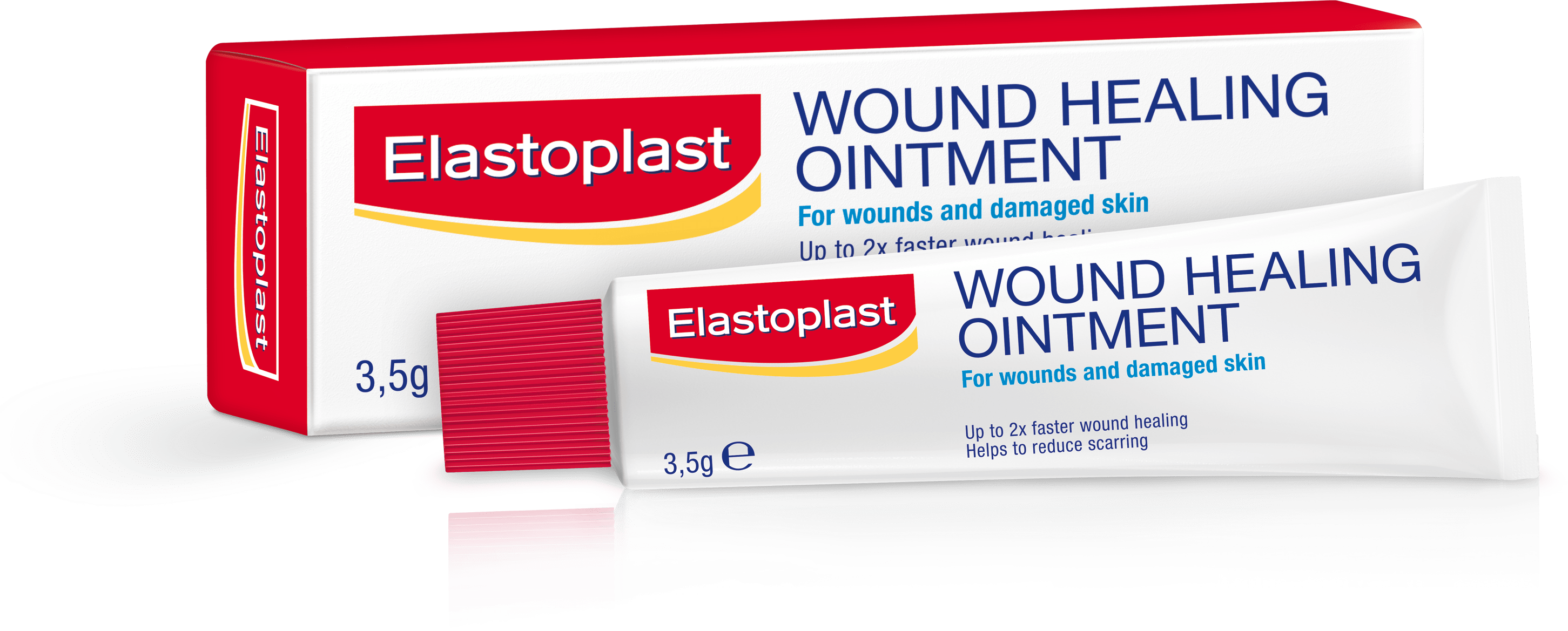What is chafing?
Chafed skin can also result from friction between the skin and clothing. For example, runners often suffer from nipple chafing, which can lead to severe pain and suffering. Chafing can also be prominent in areas with a high degree of moisture, such as the thighs, groin and underarms, as this causes the skin to stick to itself more than when it is dry.
Furthermore, sand and other particles which get into clothing or stick to the skin can quickly and easily worsen chafing. After prolonged rubbing, the skin begins to sting which causes a mild, red rash. Sometimes severe cases of chafed skill will swell or bleed.



